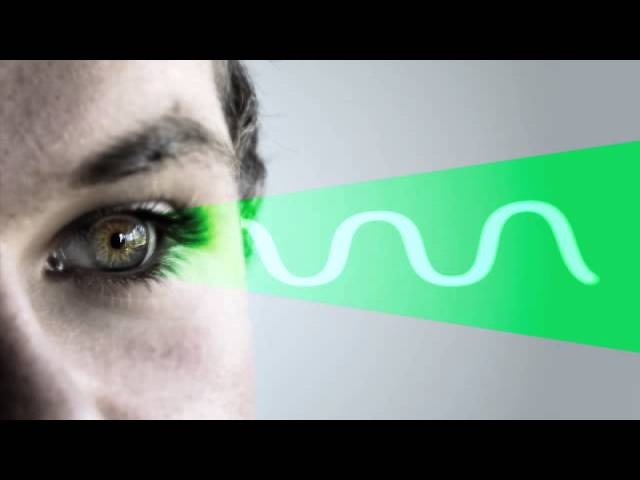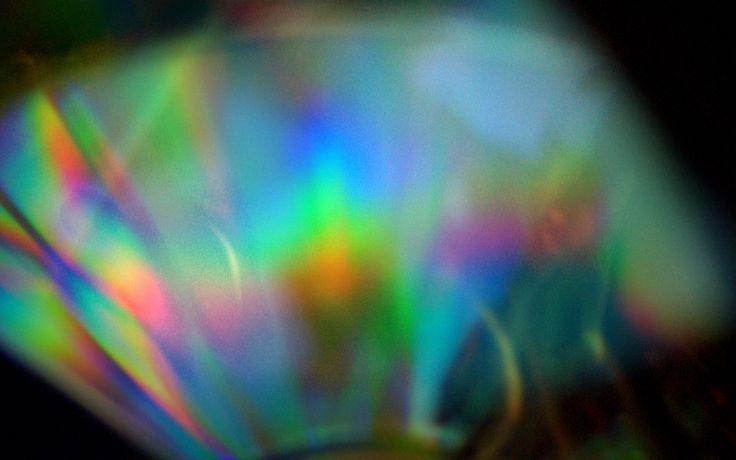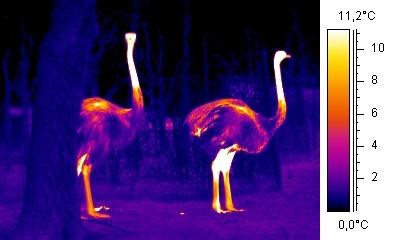
All of us view the world and perceive events around us from a unique perspective. The sights, sounds, smells, and feel of our environment create a clear mental image for us. However, most of the time we only experience a fraction of the information being transmitted in the world around us. Our eyes are capable of seeing only one thing: light.
Visible Spectrum of Light
The spectrum of light that the human eye is capable of seeing is rather limited. Red, orange, yellow, green, blue, indigo and violet make up the rainbow spectrum, and those are the colors that we are limited to. Most of us are trichromatic, meaning that we can see 3 cones including green, red and blue. According to studies, the human eye is capable of seeing approximately 1 million shades. A minority of people can see an additional cone – orange, which means that these people are able to distinguish 100 million shades of color. It’s a remarkable reality, and these people are known as tetrachromatic.
Limits of Light – The Secrets of Nature
But what goes on behind the scenes, in the dark, or outside of the visible spectrum of light is equally important. This is especially relevant when it comes to security concerns, outdoor adventures, sightseeing, home refurbishment, diagnostic thermography, emergency services operations, and so forth.

The Benefit of Seeing through a Different Set of Eyes with Thermal Cameras
Our vision may be limited to the visible spectrum of light, but there are ways to enhance what we see and how we perceive things visually. Thermography is an exciting field of study that has enthusiasts chomping at the bit. It is fast gaining traction with folks the world over. Thermography is the use of thermal imaging technology (which sees the world through a different lens) to determine heat values of various objects, from people and animals, to pipes and electrical elements. On a view screen, thermal imaging feedback is associated with colors that represent different temperatures.

Now we have thermal cameras that can transpose what we can’t see, like missing insulation in a wall leading to heat loss, into something we can see clearly. Unlike traditional colors which may or may not be indicative of temperature variations, thermal imaging is directly correlated with heat signatures. For example, in certain color palettes on thermal cameras, the hotter an object, the closer the color is to red or orange, while cooler objects might be displayed in shades of blue or black.
Thermal cameras are specifically designed to convert radiant heat into a color or greyscale image that can be displayed on a monitor. What’s interesting about infrared energy is that the energy emission from the object is directly correlated to the temperature of the object. This allows for accurate measurements of temperature, even from a distance. Thermography proves beneficial with all sorts of applications, including thermal imaging scans for wounds, perimeter scans for intruders, or scans of a building for gas leaks, fires, or leaking water.

Thermal imaging and thermography technologies have outfitted human eyes with superior capabilities that enhance the way we perceive the world around us. This is evident in the breathtaking thermal images we see of well-known tourist attractions. Thermal cameras are so advanced that they can be incorporated with technology such as smartphones, tablets and drones (UAV’s). While Superman has x-ray vision, we have something even better – thermal imaging cameras.



